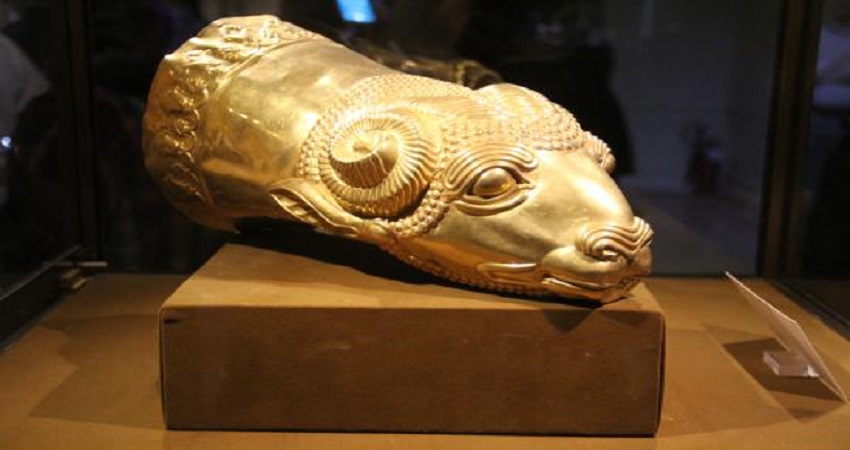Reza Abbasi Museum

Melli Bank Museum
April 13, 2020
Shirazi Faloodeh
April 13, 2020Reza Abbasi Museum; A Treasure of Ancient Iranian Works
The Reza Abbasi Museum is a museum in Tehran, named after one of the greatest artists of the Safavid era. It is home to a unique collection of Persian art dating back to the second millennium BCE, from both the pre-Islamic and Islamic eras. The Museum is a small version of the Museum of Ancient Iran.
Its spectacular collections date from the second millennium BCE to the early 20th century and the Qajar period. The museum accommodates about 50,000 objects, but only 700 works can be displayed in the museum’s halls, and other works are exposed every now and then in the temporary exhibitions section. Reza Abbasi Museum was officially opened in September 1977 by Farah Pahlavi, the then Queen of Iran, but it was closed in November 1978.
It was reopened a year later in 1979, with some changes in its internal decorations and further expansion of its exhibition space. It was closed again in 1984 due to some internal difficulties and reopened a year later. It was finally opened for the fifth time, after its renovation in 2000.
The Reza Abbasi Museum is a three-building and is visited from the upper floors to the lower ones. It has a variety of halls: Pre-Islamic Hall (Third Floor), Islamic Arts Hall 1 and 2 (Second Floor), Painting Hall (First Floor), Calligraphy Hall (First Floor), and Temporary Exhibition Hall (Ground Floor).
In spite of having 50000 items in its collection, the halls of Reza Abbasi Museum can only exhibit 700 items and other works find occasionally a chance to be shown. The museum library contains more than 10000 volumes of books in Farsi, English, French and German languages. Moreover, the library is the subscriber of more than 50 domestic and foreign publications.

